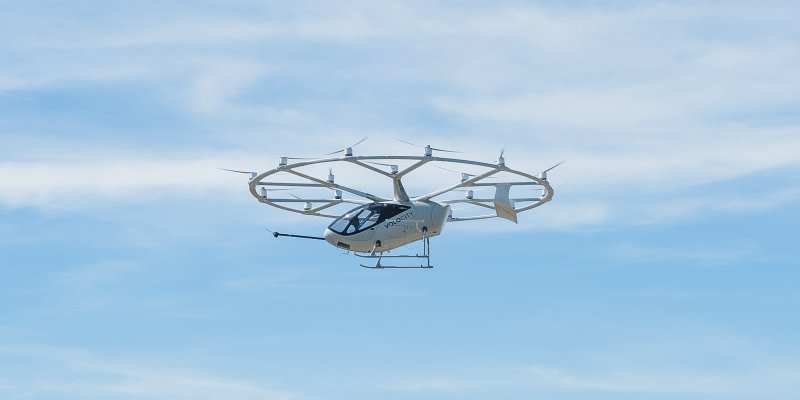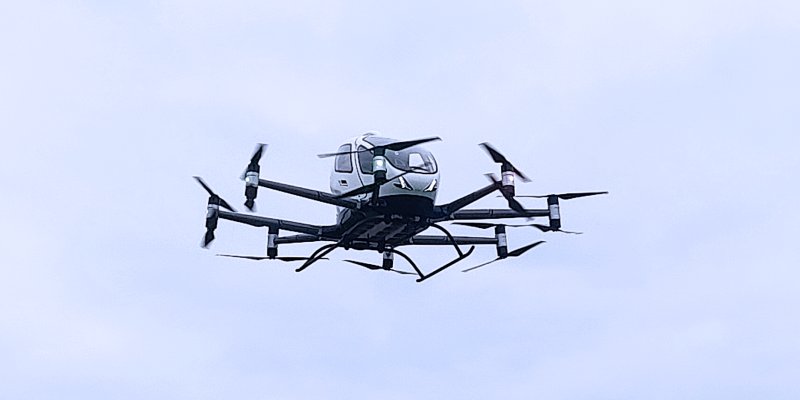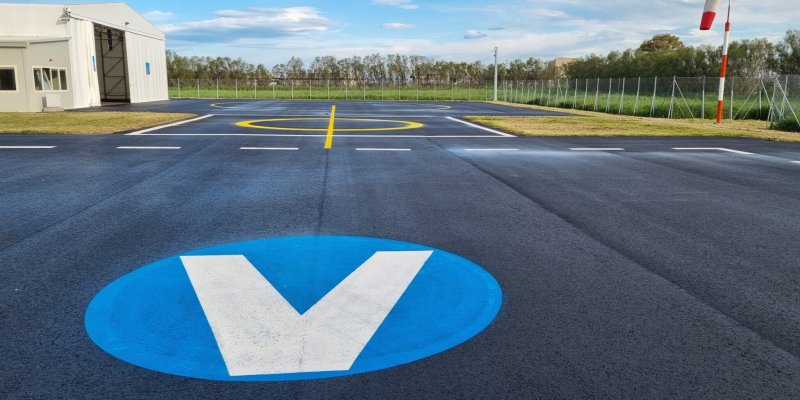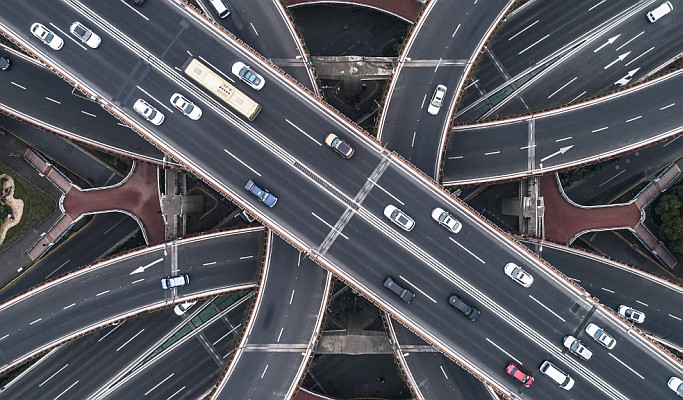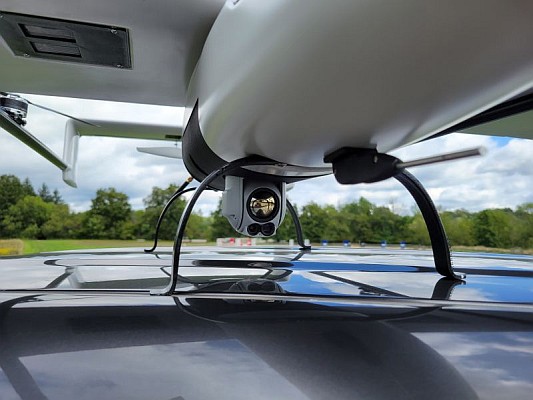
Europe’s ninth and tenth Galileo satellites have reached their launch pad, taking their position atop the vertical Soyuz launcher in readiness for Friday’s launch.
Galileo-9 and -10 are due for launch atop a Soyuz rocket at 02:08 GMT (04:08 CEST) on 11 September (23:08 local time, 10 September) from Europe’s Spaceport in French Guiana.
At the end of last week the Galileo satellites, already attached to their carrier on the Fregat upper stage, were seen by human eyes for the last time as the halves of their protective launcher fairing were closed around them.
This encapsulation concluded with the addition of the Galileo logo on the side of the sealed fairing.
This marked the completion of the ‘upper composite’ – the combination of Galileo satellites, plus dispenser, plus the Fregat stage that will fly them the bulk of the way up to their target medium-altitude orbit.
Meanwhile, the first three stages of their Soyuz had been assembled horizontally, in the traditional Russian fashion.
Monday morning saw this incomplete vehicle rolled out to the launch pad, then raised to the vertical.
This left the way clear for the upper composite to be transferred to the pad, then hoisted up to the top of the Soyuz tower to be joined to the other stages.
The launcher plus payload is therefore now complete and in place, awaiting its Launcher Readiness Review ahead of Friday morning’s liftoff.
This latest Galileo campaign began with the arrival of the satellites in French Guiana on 24 July.

Two further satellites are scheduled for launch by end of this year. One is under test at ESA’s ESTEC technical centre in Noordwijk, the Netherlands, while the other has already completed its checks and is awaiting shipping to Kourou in the second half of October.
In addition, the first satellite of the following batch (Galileo-13) is undergoing its thermal–vacuum test at ESTEC, while the second (Galileo-14) arrived on Monday.
Source: ESA


